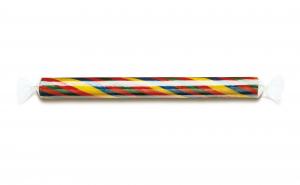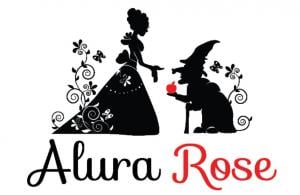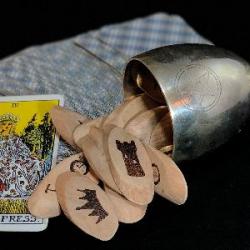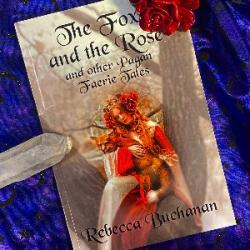
Once again it that special time of year. The shops are lined with special gifts and goodies, often spotlighting a complete row of Candy Cane options. You can now find tempting flavors to pacify almost anyone… chocolate, mint, strawberry cheesecake… wait, what?
The latest buzz
Trolling Facebook the last few days, I have noticed memes and postings about Jennifer Sinclair, the principal of Omaha-area Manchester Elementary School, who banned Candy Canes because they are a Christian Symbol. She claims that the red is for the blood of Christ, the white is a symbol of his resurrection and the shape “J'” of course for his name, Jesus.
This seemed to intrigue me. I do not think that I have heard this before so I decided to do some digging.
Candy Cane Legends
One legend says that the candy cane came about in 1670 at the Cologne Cathedral in North Rhine-Westphalia, Germany. The Choirmaster offered this sugary treat to singers as a way to keep them still during the Living Creche Ceremony. It is said that he made them into a curve to represent the Shepard’s hook in lieu of the season.
Back during this time, they described candy canes as being completely white. They also were hard to bend and therefore broke a lot. This got me thinking. I remembered back to being a little girl and getting candy sticks from the five and dime store (dating myself, I know.) Do you remember those old fashion candy sticks? They used to come in butterscotch, root beer, cherry and a dozen other tasty versions. I wondered if the choirmaster had handed out something similar.

In Dorothy Morrison’s book “Yule: A Celebration of Light and Warmth,” she writes:
“The Candy Cane, however, was invented by an American confectioner who based its form and appearance on Christian roots. He formed it of white candy to signify the virgin birth, then shaped it in a ‘J’ to represent Jesus. The never-ending red stripe was to have symbolized the blood shed on the cross.”
The story goes that it was a candy maker from Indiana who designed this treat to bare witness. It seems that he designed a few religious treats to look as icon symbols. This seems like a reasonable tale but it lacks validation that is easy to trace.
Why is any of this important?
Personally, I do not think it is. Who cares who invented the candy cane, unless it is to give credit to the creator? This is supposed to be a season of light, the season of love. Arguing about who created or where the candy cane came from is not projecting that kind of good will toward others energy. I am pretty sure that I will enjoy a one this year regardless.
Going back to the principal who banned Candy Canes. It seems that she was suspended. Not only did she ban candy canes, but also Santa, red and green colors and so forth. Many schools have put a cap on singling out one holiday to the season, so I suppose I can get that. Maybe a better approach to banning the Candy Cane in school because of its Christian lineage (or not) would have been to ban it for being not a healthy treat.
My overall thought is this:
“Come on folks, can’t we just get along?”
It seems like the truth of the Candy Cane will be buried along with most of history’s accuracy.


















